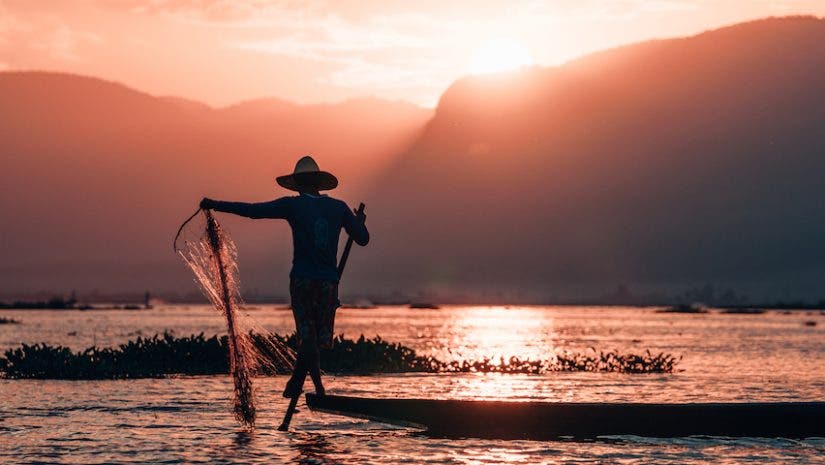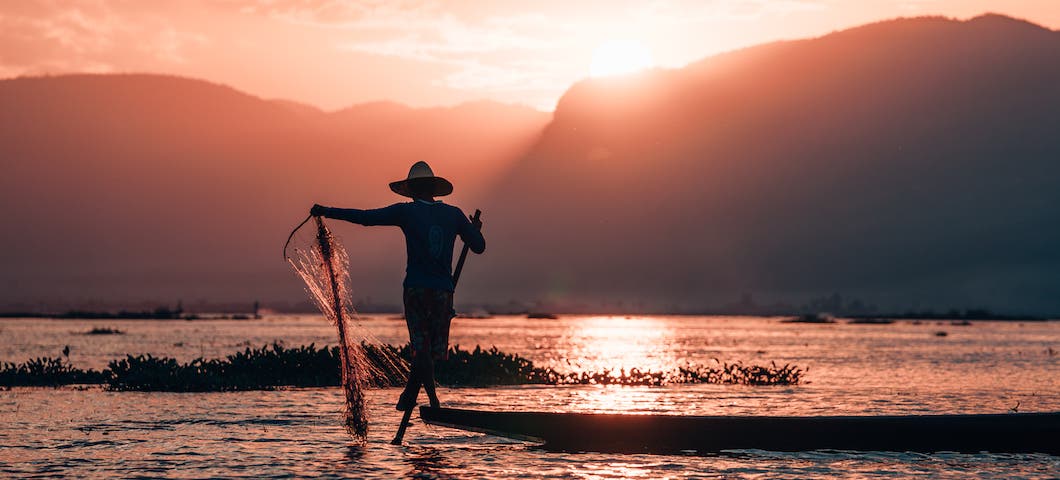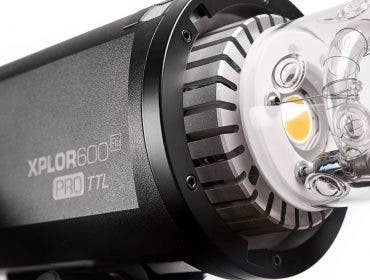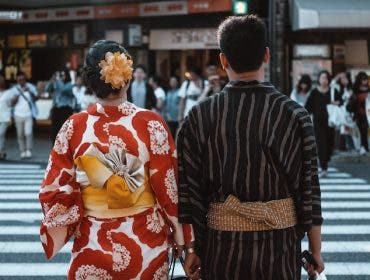Erin Sullivan is afraid of heights. Scrolling through her photos on her blog, Erin Outdoors, would have you guessing the opposite. Her images often feature vertiginous views, scenery shot from small planes, or vistas dominated by mountains and cliffs. The fear of heights instead serves as one factor fueling her work, and building on both strengths and weaknesses has become a hallmark of her approach to photography.
Sullivan, a 28-year-old originally from Connecticut but now in Los Angeles, also shares her work with more than 63,000 followers on Instagram (@erinoutdoors). Brands such as Adobe, Nature Valley, Paul Mitchell, and Cathay Pacific have worked with her to create imagery or craft Instagram campaigns, and her photos may be posted from as near as Yosemite and Angeles National Forest, to as far away as China’s Fujian Province or Namibia. Her captions are rarely short; she uses Instagram’s platform to not only showcase her work, but expound on responsible tourism, ethics in travel photography, and overcoming harassment she’s received simply for being a successful female in this space.
Adorama caught up with Sullivan to discover how her experience as an adventure guide became the platform for this success, and why travels to foreign settings should be prefaced by at least a little research.
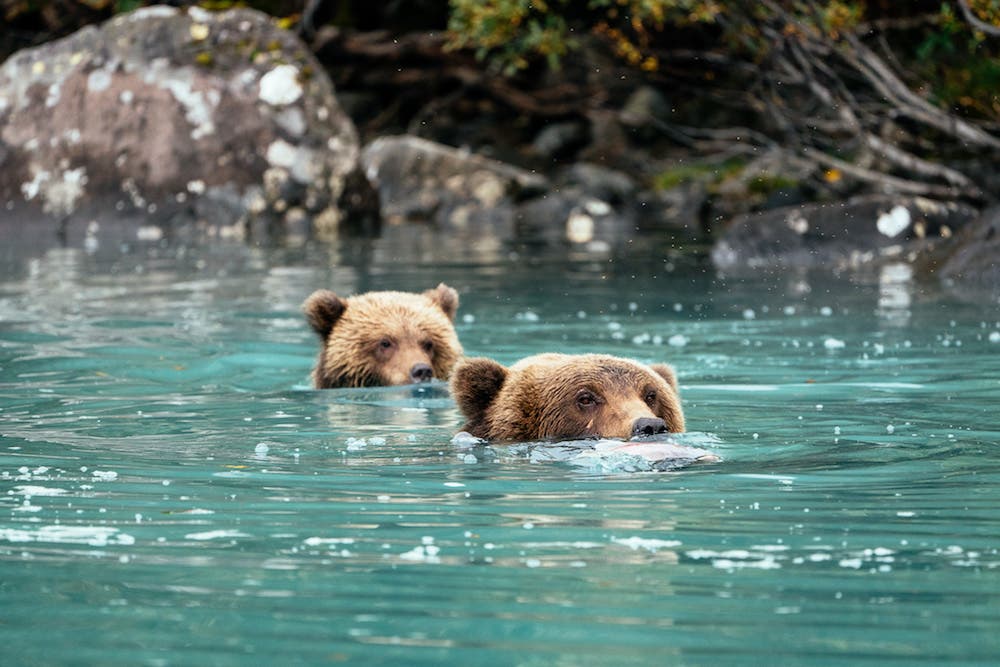
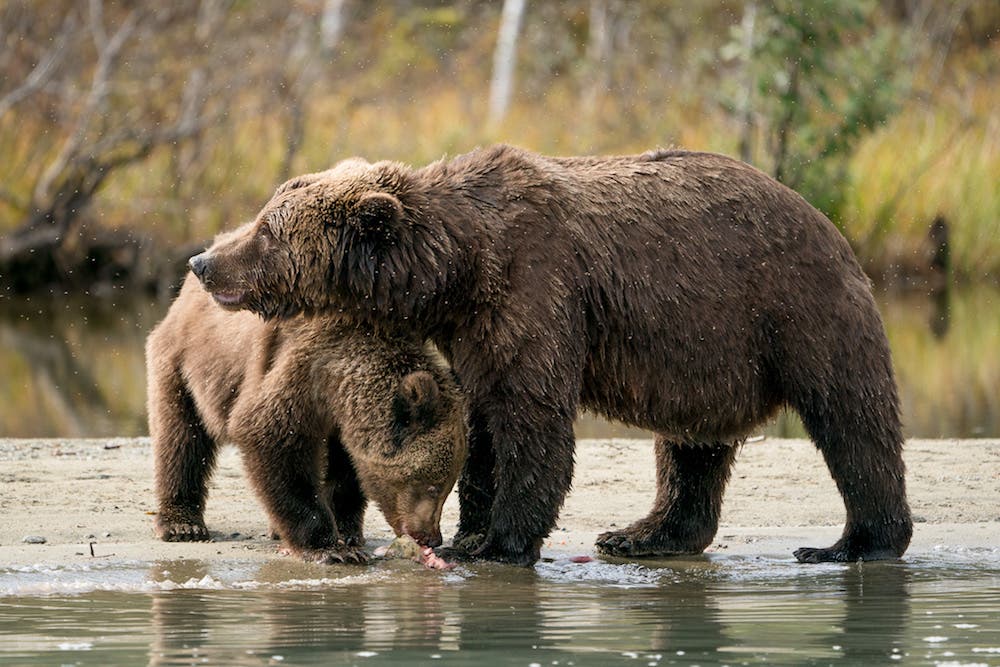
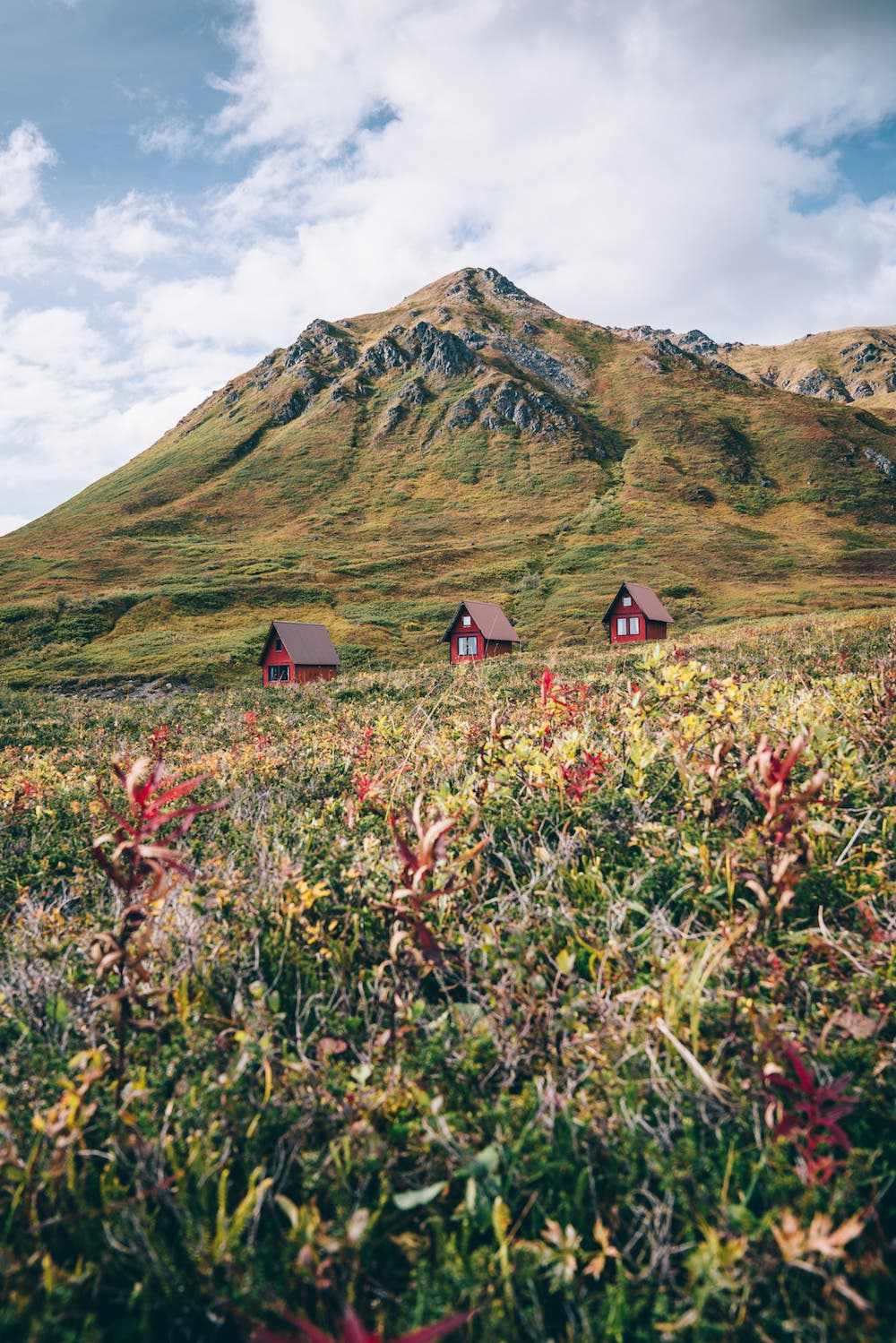
Adorama: First things first. What is your gear setup and your usual editing workflow?
Sullivan: My main camera is a Sony a7R III, and my most-used lenses are the Sony FE 24-70mm f/2.8, 70-200mm f/2.8, and 100-400mm f/4.5-5.6. I typically shoot hand-held, but I also have a MeFOTO Backpacker Tripod. My camera bag for most of my trips is the Peak Design Everyday Backpack 20L, which is small enough to count as a “personal item” on flights. And when I’m doing outdoor activities that require hiking, I use the LowePro Flipside 500 AW II.
When I am editing from a particular trip I will go through and flag all the images I intend to edit. I usually then import them to Adobe Lightroom and make edits specific to each image. Then I’ll go through and edit for social media, exporting into a bucket for that. Then I go back and edit more specifically for print, bringing some of those images into Adobe Photoshop for more detailed changes. I generally don’t use presets unless I’m feeling stuck and want to experiment.
Adorama: What would you consider to be elements of your signature style?
Sullivan: I want the viewer to know what they are looking at, or at least to know where they are “supposed” to be looking, so I try to remove distracting elements. I love to capture emotion in both people and wildlife, and tell a story in my travel photography. I am deliberate about what I include in the frame and I try to keep my composition clean. My colors also tend to be more soft and natural. I like my images to look dreamy, but never fake. I want them to just barely touch the surface of the surreal from time to time. I want the viewer to say, “wow, where was that?!”
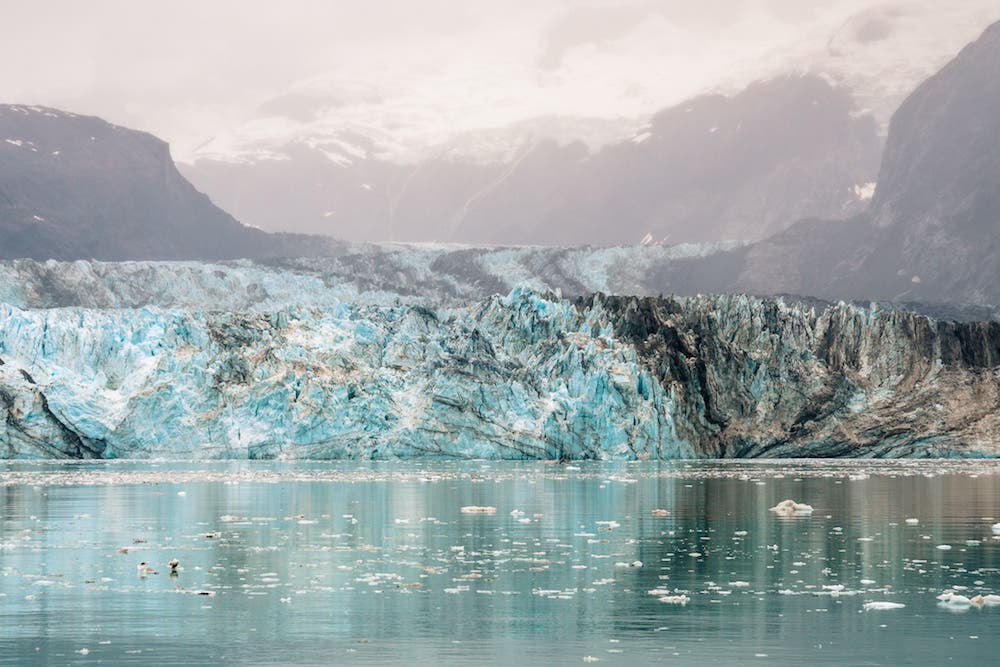

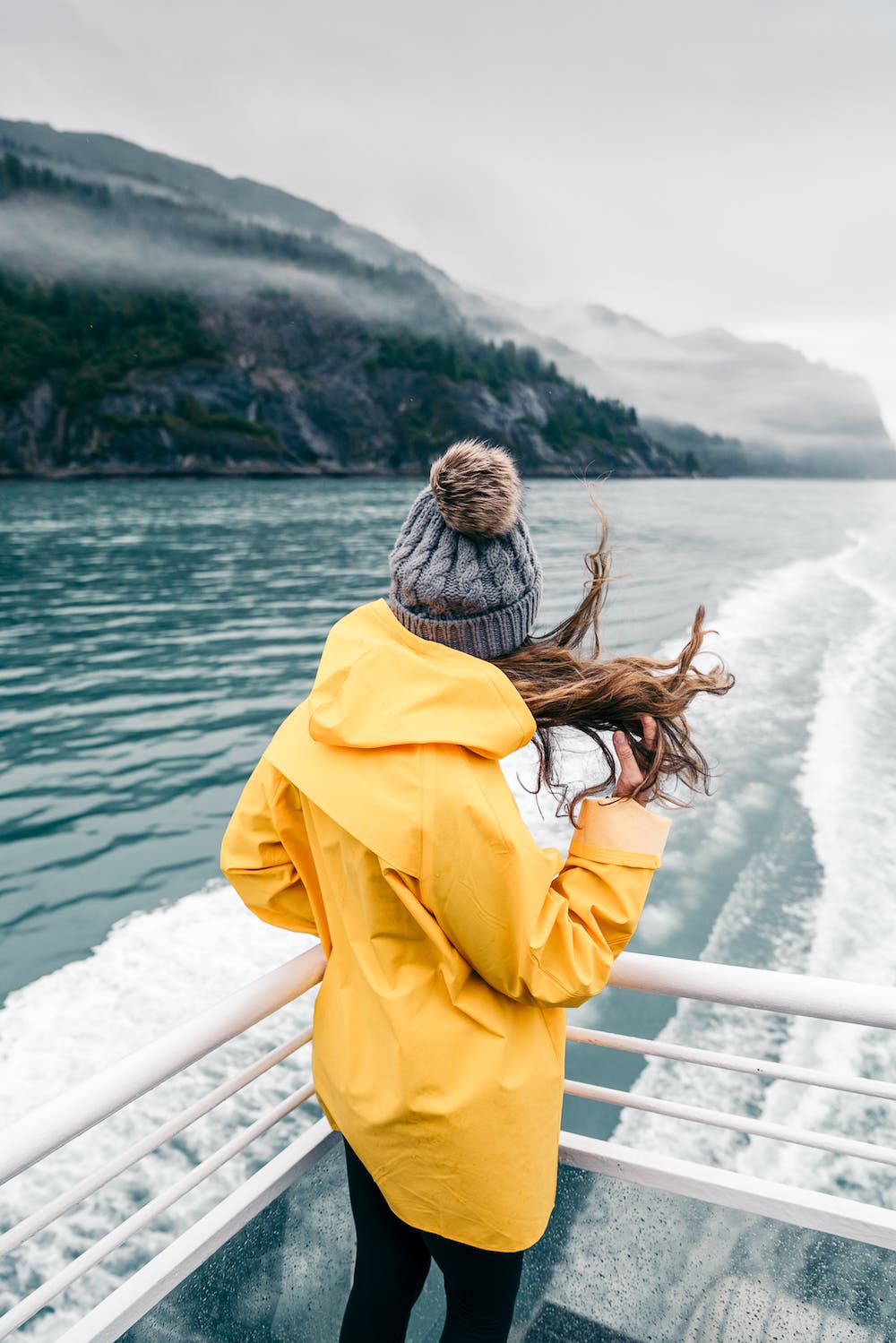
Adorama: Was there a moment you remember first falling in love with photography?
Sullivan: I first fell in love with photography in high school, and was lucky that my school had a darkroom. Standing in the darkroom and learning how to stack negatives was a defining moment. I took a few classes and decided to apply to universities with my photography portfolio. Once I got to college, I decided to change my major as I was worried I wouldn’t be able to make a career out of photography. I proposed an interdisciplinary course of study that encompassed both the visual arts and environmental studies, with a focus in marine ecology. Then, when I lived out of a car in New Zealand, I wished I had something more than words to document what I was experiencing. So there are lots of moments that have made me fall in love with photography, and they’re still happening.
Adorama: What photographers (or artists, musicians, or writers) do you note as influences or inspiration for your work?
Sullivan: I get my inspiration everywhere. When it comes to people, I admire a creative mind and a heart that is not afraid to pursue their ideas, even when there is great risk involved, and sometimes I may admire their spirit more than their work. In no particular order, I’d list these people as my influences: Cheryl Strayed, Brené Brown, Oprah, Jane Goodall, David Attenborough, Shaun King, Cristina Mittermeier, Ami Vitale, Anthony Bourdain, Steve McCurry, and Janelle Monáe.
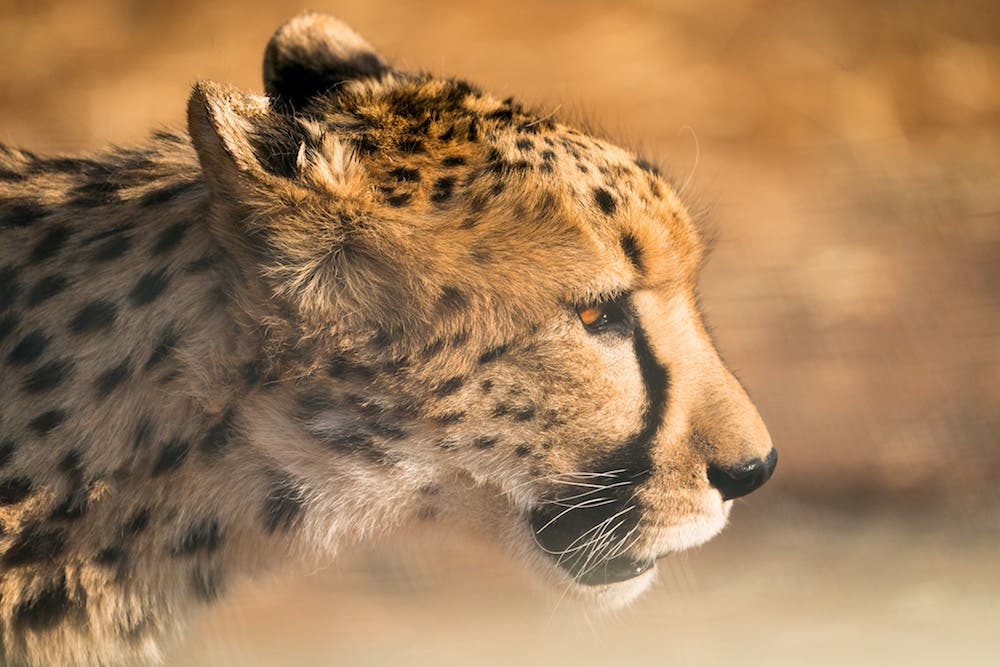
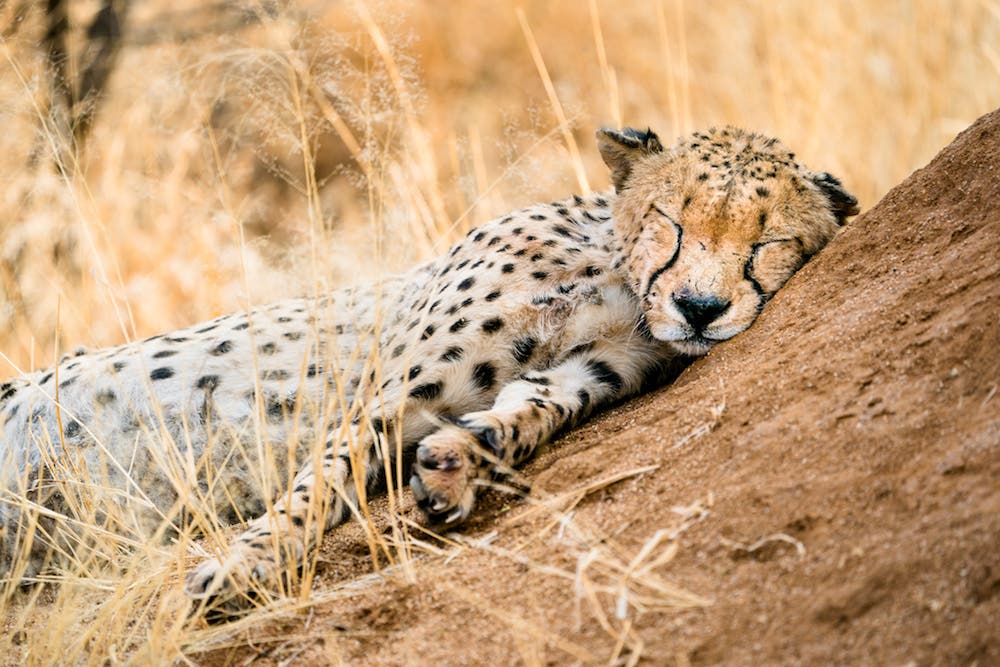
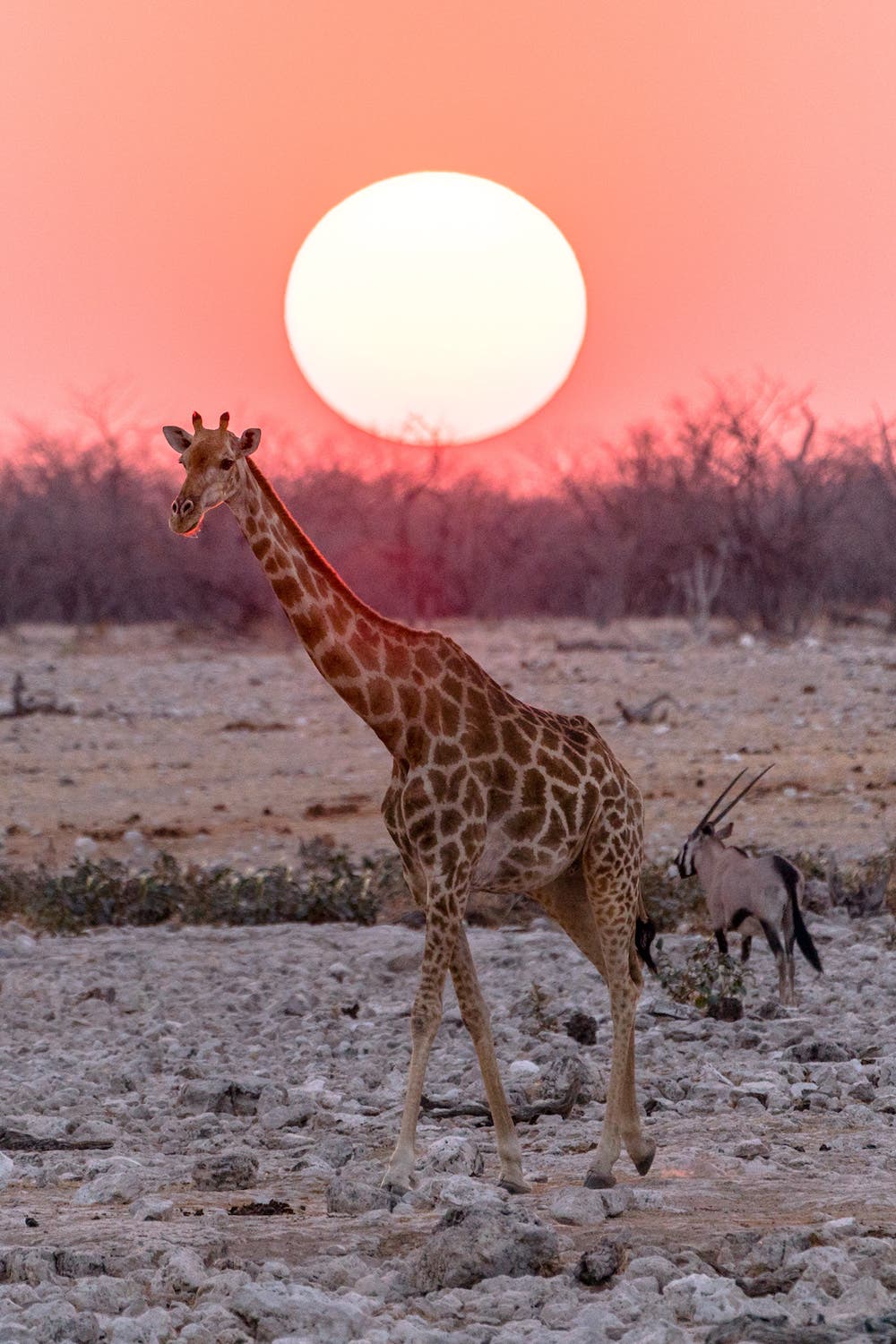
Adorama: How do you make a living right now, and how big a role does your photography play?
Sullivan: I’m a freelance photographer, writer, and adventure trip leader. Photography is involved in every job I do, even if the job is heavy on social media or writing. This just goes to show how important imagery is, as a medium.
Most of the projects I work on now have some kind of deeper message, intention, or story. Sometimes that means I am going to visit a particular location and share the story of that place and the people who live there, to give a different perspective that ultimately benefits the tourism industry. Sometimes that means helping to get the word out about an ethically-sourced product or sustainable supply chain. Other times, clients want me to take the brief and run with it, digging into and sharing whatever stands out or feels important to share.
The other way I make money is by leading trips. I was a guide for seven years, so when my audience began asking how they could travel with me, it was easy to plug into my guiding network and design something special. My trips are small, intentional adventures focused on growth, culture, food, and forming genuine friendships. They’re also informal workshops, depending on the participants’ level of interest in photography. I will probably start doing photography-focused trips next year if the demand continues to increase, but I’ll never lose the focus on authentic connection.
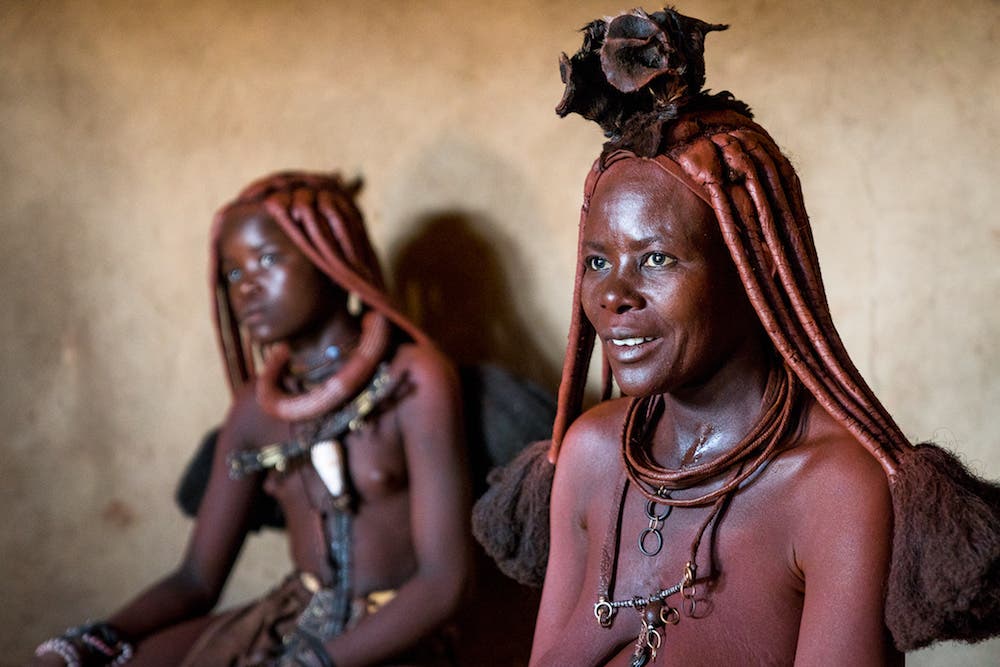
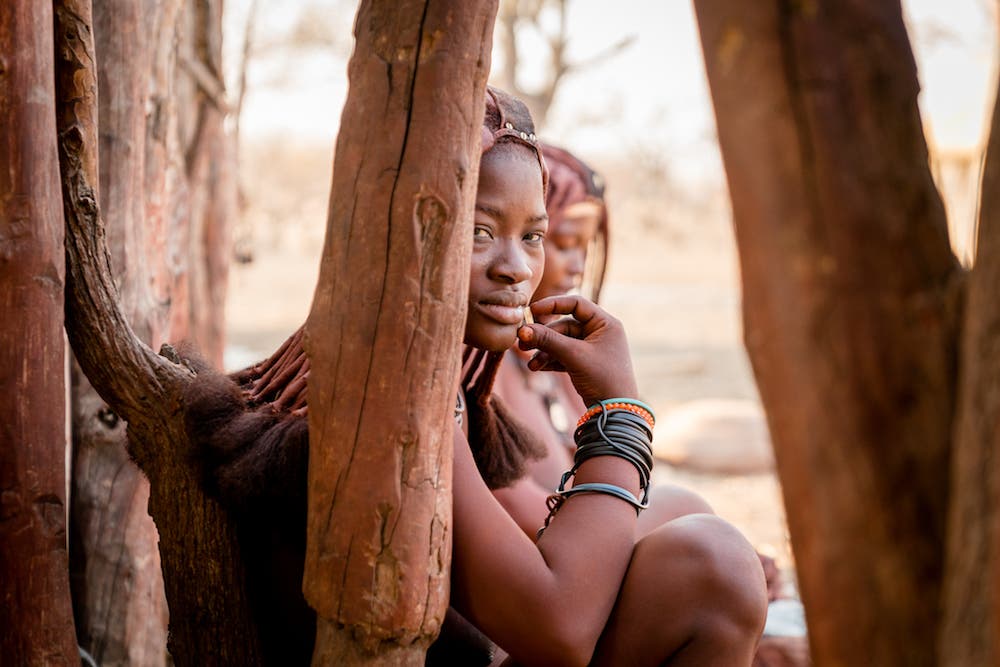
Adorama: How do you believe your time as an adventure guide has improved or influenced your work?
Sullivan: As a trip leader, you have to be so intuitive and a great listener, while at the same time taking care of the things that need to happen day-to-day, balancing people’s needs with your own, navigating, and having a plan if things go wrong. I use all of those skills today, and am not sure I’d be as good of a businesswoman if I didn’t have all that practice in the field.
I originally started my blog as a way to share my guiding experiences, so my time as a guide has become the foundation for my career. Logistically speaking, leading trips was a way for me to see the world. It was a plane ticket to wherever I could get a job, but it was also a way to make a positive impact on people’s lives. I hope that my blog and photography are doing something similar now.
“I know that telling a story carries with it a responsibility… I just know that I have a choice with the places I go, the jobs I take, and the products I put my name behind, so I’m always going to do my research and choose wisely.”
Adorama: You recently worked in the U.S. Virgin Islands to show that the destination is recovering from last year’s hurricane damage. How do you view your role in campaigns like this, where your content potentially has an impact on the livelihoods of communities that rely on tourism?
Sullivan: I’ve made a conscious shift in the past year to prioritize campaigns and projects that have a deeper purpose to them. Working with Adobe in the USVI was a wonderful opportunity, and is a great example of a purposeful project. I was able to share what I saw and experienced there, while incorporating the product and brand.
I know that telling a story carries with it a responsibility. Tourism is often a much more nuanced topic than the average Instagrammer shows. I don’t think I’m saving the world or anything. This is big picture stuff. I just know that I have a choice with the places I go, the jobs I take, and the products I put my name behind, so I’m always going to do my research and choose wisely. Happily, the inquiries I receive from companies are increasingly with a socially and environmentally aware focus.
I was recently talking with an executive of a large marketing agency that represents many tourism boards. They told me how refreshing it was to speak with someone who wanted to learn about where they’re going. As photographers, we’re telling a story with our images, and that means we have a responsibility to the people that live in the places we are visiting.
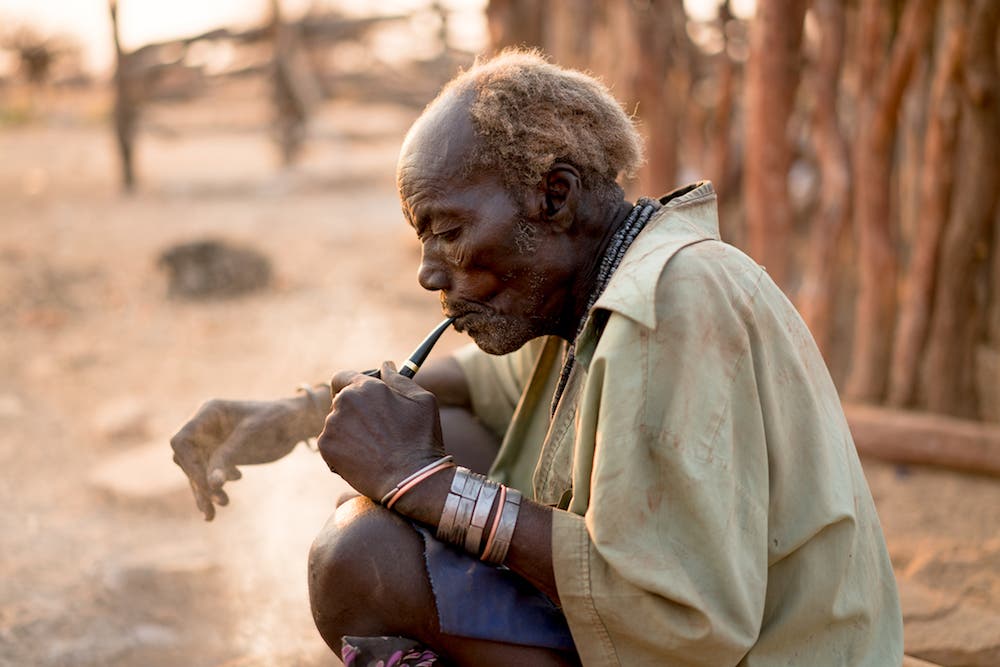
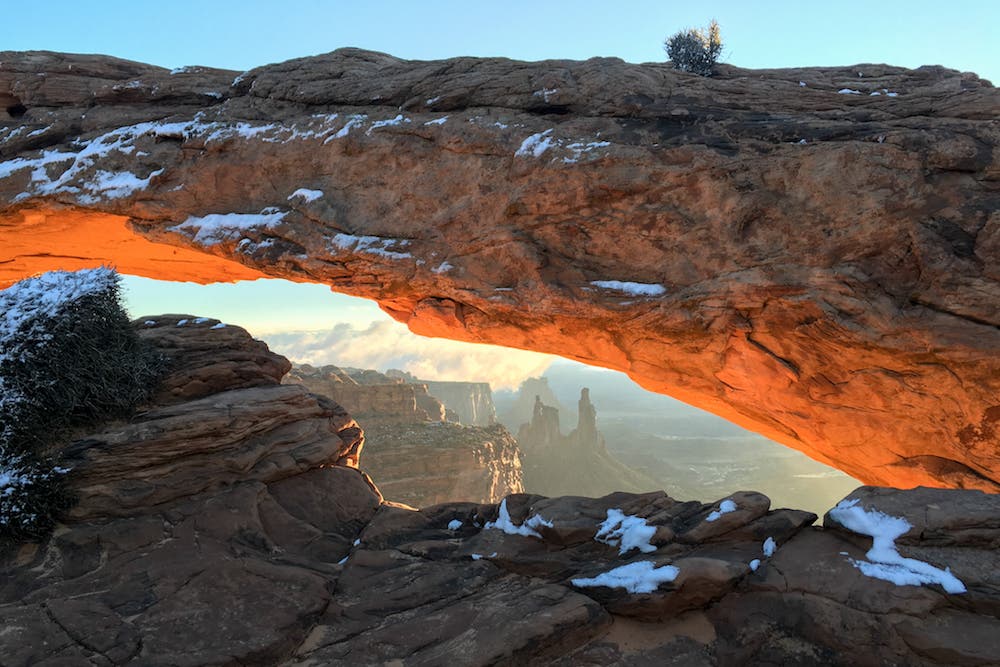
Adorama: On your blog you’ve discussed the ethics of travel photography, and note the importance and weight of the words used around a photograph. How do you stay conscious of this for your own work, and how do you recommend others escape the trope of labeling places as “unexplored” or “exotic?”
Sullivan: Using the word “unexplored” to describe a place contributes to the erasure of indigenous people. There are probably close to zero truly “unexplored” places in this world. When you consider the violent history of colonization around the world, and that often people have been living in these places for tens of thousands of years, this term is revealed to be pretty disrespectful. “Exotic” is an interesting word because people think it’s a compliment. Sure, it may be exotic to you, but it’s someone’s home. You’d probably laugh if someone referred to NYC or LA as exotic.
I know that these words are “just words” and that people think they’re innocent attempts to describe the beauty of a place (cue the trolls!), but let’s think about the impact of our language. The first question I ask myself when I go somewhere is: “What is the history of this land?”
I make mistakes all the time, and I feel really grateful that people call me out when I do. There’s a lot of gross, “white savior”-ish content on Instagram. I think a good way for people to start thinking about this is to ask how they can de-centralize their own perspective and learn about someone else’s. Just listen, without giving your opinion or sharing every interaction on social media.
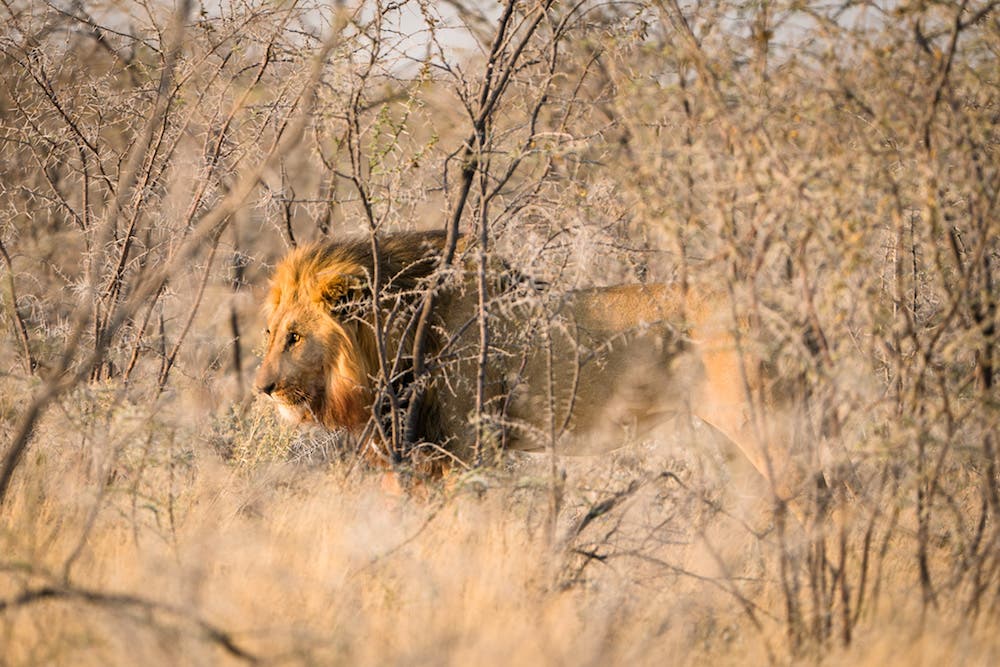

Adorama: If you could teleport to any spot in the world, no matter how remote, for only one hour and only for photography, where would you go and why?
Sullivan: I think I would teleport to wherever a snow leopard is. They’re difficult to locate, so the teleportation would come in super handy. I think they are strikingly beautiful animals. A close second would be photographing humpback whales in Tonga, but hopefully I won’t need to teleport and can just go do that in real life.
“Always be mindful of the space you are taking up, and try to be the least disruptive you can.”
Adorama: What would be your number one tip to getting “the shot” when it comes to photographing wild animals in their natural environment?
Sullivan: I think it’s important to first observe the animal before you try to frame the shot. Even if it’s just a glimpse, try to get a sense of their body language, what they’re doing, and where they’re going or coming from. Then frame your shot and wait for the moment, anticipating what they might do based on how they are moving, or what you intuitively sense from them. Set your camera to shoot on continuous mode to improve your chances of getting the shot. Shoot on silent if you can. Always be mindful of the space you are taking up, and try to be the least disruptive you can.
Adorama: What’s your single favorite photo you’ve captured and shared, and can you tell the story behind it?
Sullivan: Two come to mind. The first is an image (see below) of an old woman in a market on Inle Lake, in Myanmar. I don’t have a long or complicated story behind it, but I just love her expression and way of being. She enjoyed this photo of herself. I wish I had a printer on me to give her a copy. The second (see below) is from the same trip. It’s a photo of a fisherman at sunset and he looks as though he is dancing on the water.
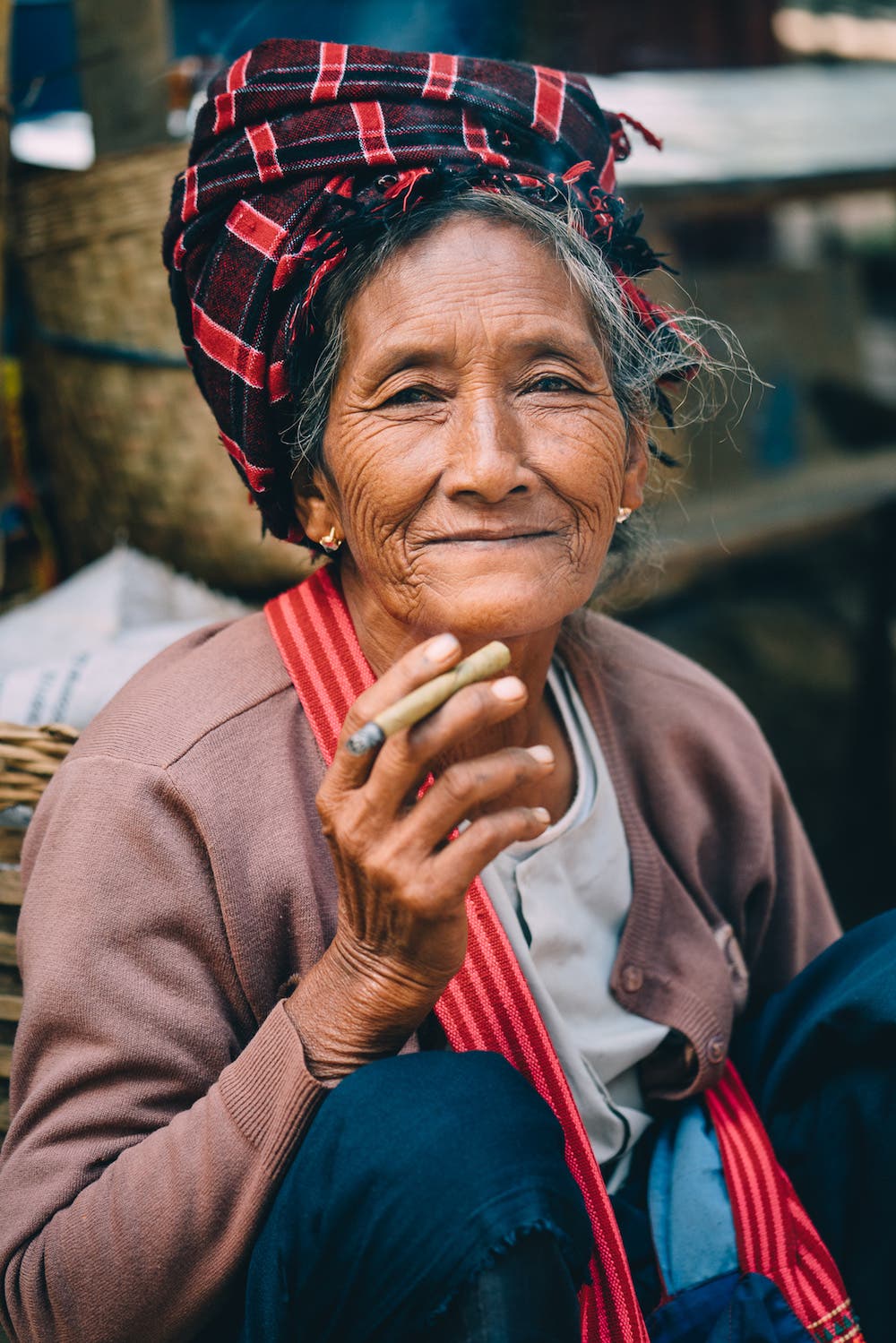
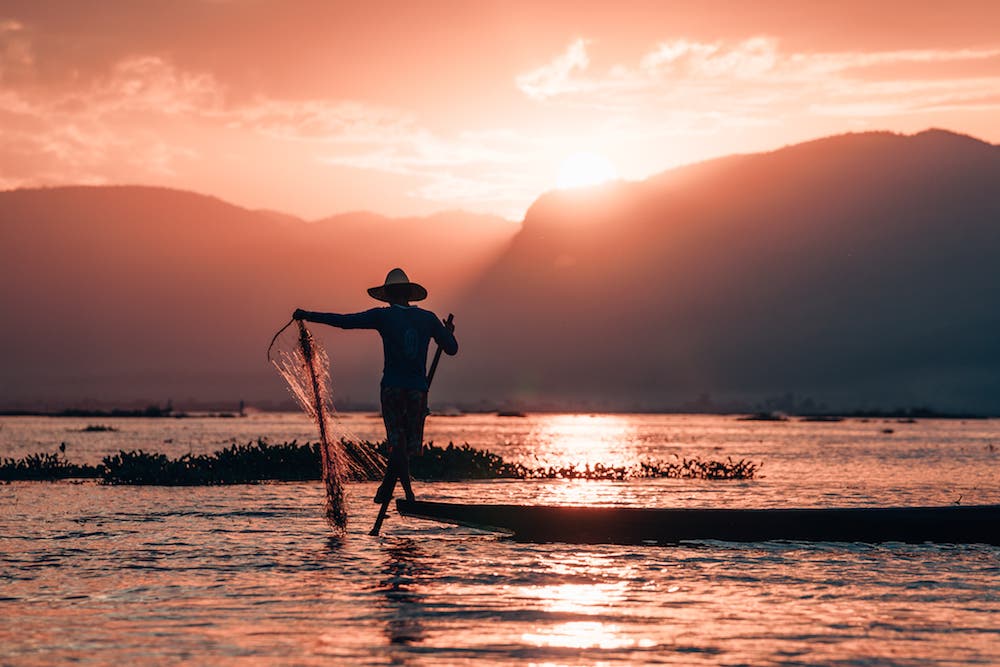
Check out Sullivan’s full episode of Through the Lens below:
